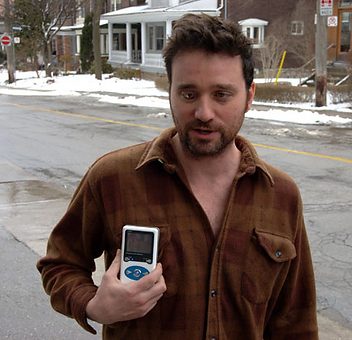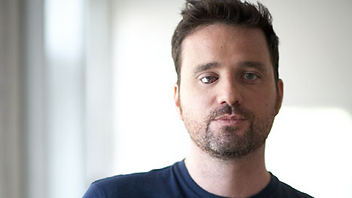Kosta then found and got Rf-links.com on board. A world leader in RF wireless design, they custom-made the innovative miniature camera and micro RF transmitter that is essential to our current and much improved model. Electrical engineer Martin Ling joined the team last but played the crucial role of getting everything to work in the tiny confines of Phil Bowen’s prosthetic eye shell. He designed a circuit board to connect the tiny battery, camera and transmitter so it could send out what Rob’s eyecam sees to a receiver and beyond! Up next for the team is an eyecam that looks like a real eye. Now the eye is just being used to make films, but what if it will ever be possible to connect it to your brain?! Is this maybe the first, very little step to making blinds see again? Then it will be a great breakthrough after all, that will improve the quality of live of many.
Having a disability is always a disadvantage, but as we all know: problems lead to the best solutions. That is exactly the case with The Eyeborg Project. The inspiration came from a physical disability and started as a filmmaking project, but maybe it’s the start of a breakthrough in health.
Rob Spence is a one eyed filmmaker who has a prosthetic eye with a wireless video camera embedded in it. Its not connected to his brain but it does provide the world’s first literal point of view including glancing around and blinking. The Eyeborg Project began when one-eyed filmmaker, Rob Spence decided he wanted a prosthetic eye with a video camera in it. Ocularist Phil Bowen was the first on board who designed a two part prosthetic eye shell that could house electronics. Next came Kosta Grammatis, a multi-talented engineer who designed and executed the world’s first wireless camera inside a prosthetic eye…on Rob’s kitchen table.
THE EYEBORG PROJECT


Photo: Rob Spence with his Eyeborg
Photo: Rob Spence holding the the video of Eyeborg